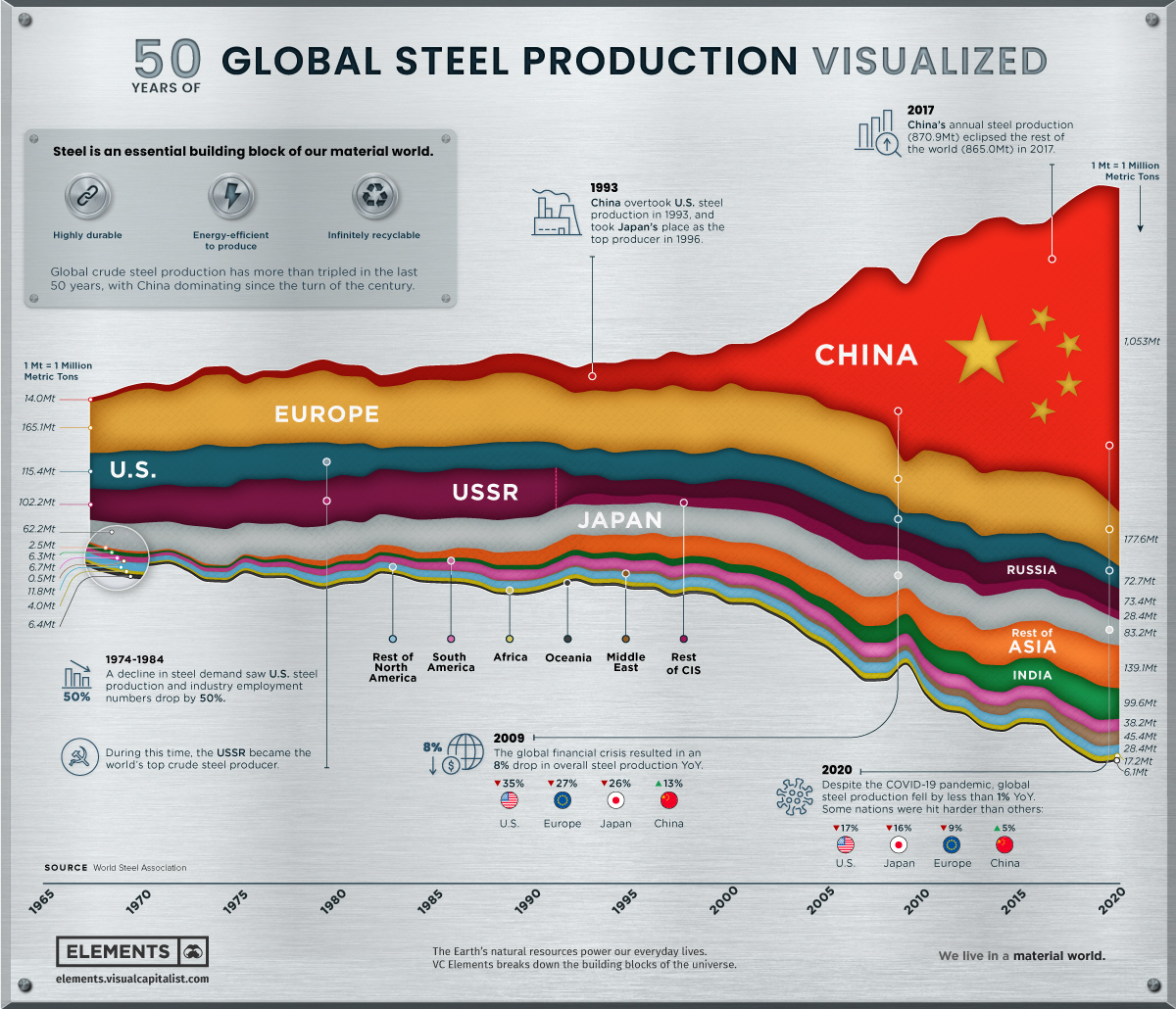US lacks the explosive firepower to truly deter China
China has surged past US explosive and propellant production capacity; US stockpiles would run dry within a week of a Taiwan war
The US is at growing risk of a firepower gap with China as US explosives and propellants production declines and China’s rises.
that China had overtaken the US in developing new types of explosives, notably its version of CL-20, an explosive developed in the 1980s, which is 40% more potent than RDX or HMX and widely used in US munitions since World War II.
The report mentions that China tested its CL-20 counterpart in 2011 and has since mass-produced the explosive.
In contrast, the article says that almost all US military explosives are made at one US Army plant at Holston, Tennessee, using World War II-style mixing systems and production techniques. It also notes that newer explosives such as CL-20 cannot be made with these dated methods and can only be produced in smaller amounts in chemical reactors.
The report also mentions that the US can make 10 tons of CL-20 a year with its current stockpile of precursor chemicals, but broad use of CL-20 will require a production rate of 1,000 tons a year, with US industries needing three to five years to scale up.
Forbes notes that the US depends on China as the only source for a half-dozen chemical ingredients used in its military explosives and propellants, and other countries of concern for another dozen, bringing the security of US energetics logistics chains into question.
The article also mentions that in the event of a Taiwan contingency, the US will face greater numbers of Chinese missiles, including some with power and range greater than anything in the US arsenal due to China’s development of new explosives and propellants that burn more efficiently.
Some of China’s advancements in terms of energetics include the development of cross-media weapons and thermobaric weapons.
on China’s development of a hybrid missile-torpedo that can cruise at Mach 2.5 at 10,000 meters, then transition to sea-skimming mode for 20 kilometers, and finally shift to supercavitating mode for the last 10 kilometers to the target.
Chinese researchers invented a new type of boron-powered solid-fuel ramjet engine to make this weapon, which features several innovations such as double the boron content compared to traditional ramjet fuel rods, and multiple coatings on the nanofuel particles to control their explosive properties.
They also claim no defense against a cross-medium attack, as it can change course at will or crash-dive up to 100 meters to avoid shipboard defenses.
China has also been developing thermobaric weapons that rely on atmospheric oxygen as the oxidizer for an aerosolized explosive. Thermobaric weapons create a much larger and more powerful blast than conventional explosives, followed by a devastating vacuum effect.
that China had developed a huge air-dropped thermobaric bomb, analogous to the US GBU-43/B Massive Ordnance Air Blast (MOAB), or Russian Aviation Thermobaric Bomb of Increased Power (ATBIP).
The report notes that this weapon is the most powerful conventional bomb in China’s arsenal. Its large and powerful blast can wipe out fortified ground targets, instantly creating landing zones for helicopters or serving as a potent psychological weapon due to its sheer destructive power.
Given China’s advances in energetics, Sean Carberry, in
, cautions that the US might be at a disadvantage in a confrontation with China due to the latter’s planes and ships carrying munitions that can travel further, with those weapons being made smaller and lighter yet having more punch.
As to how the US lost its edge in energetics, Carberry mentions that while the US had the lead in energetics manufacturing during World War II and the Cold War, the collapse of the Soviet Union and the Global War on Terror diminished the need for new energetics amid new and different capability requirements, namely counterinsurgency tactics and precision strikes over making farther-reaching and harder-hitting munitions.
The loss of US energetics production capability has directly impacted its capability to keep Ukraine and Taiwan supplied with enough ammunition for a protracted conflict against Russia and China.
d that the US could manufacture 180,000 155-millimeter artillery rounds annually. Europe could produce 300,000 rounds, accounting for barely three months of Ukraine’s artillery round expenditure.
Although the source notes that the US and Europe have pledged to upscale artillery round production, with the latter even considering reactivating old Soviet-era artillery round production lines, European firms still need to sign procurement contracts.
is month that a lack of machine tools constrains US artillery round production capability. Precision machining is vital for artillery rounds, as any imperfections in the round casing shape will result in erratic flight toward the target.
The article notes that while the US has abundant raw materials for manufacturing artillery rounds, the long lead time in acquiring machining tools for artillery round casings causes delays in scaling up production.


